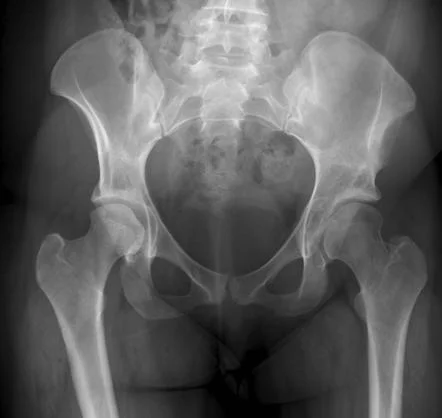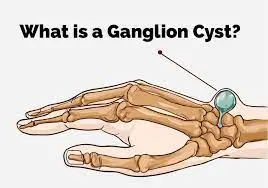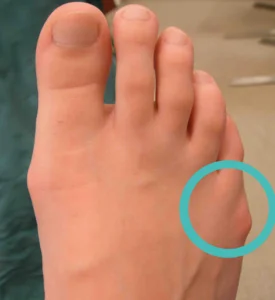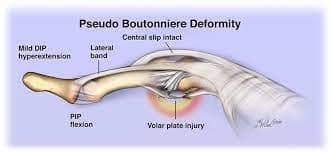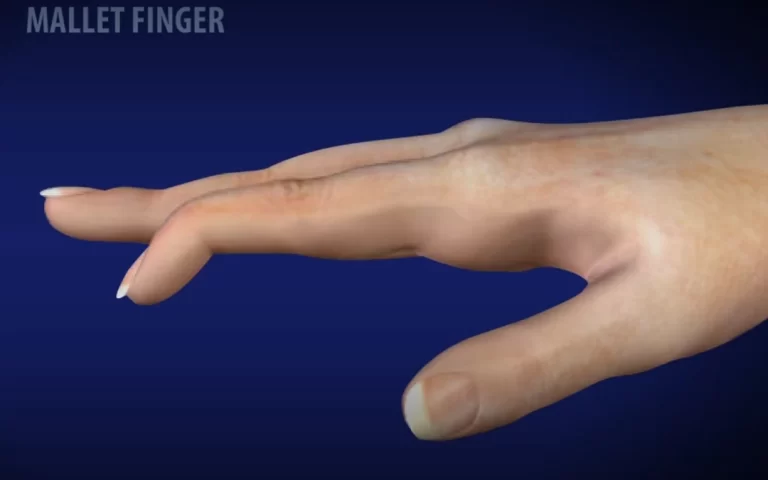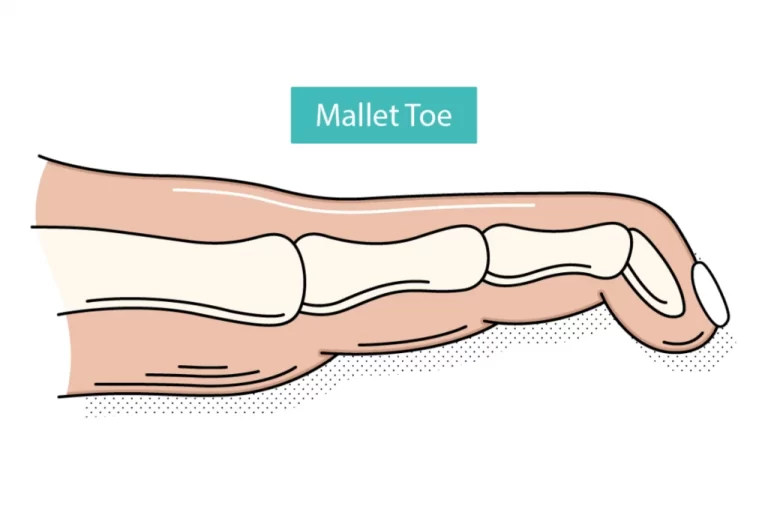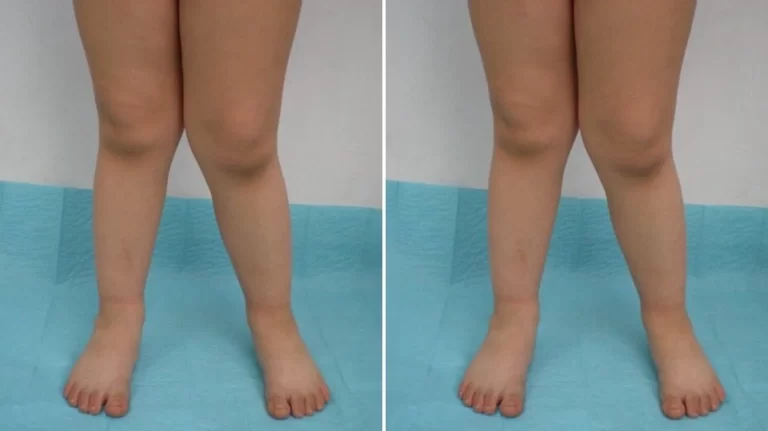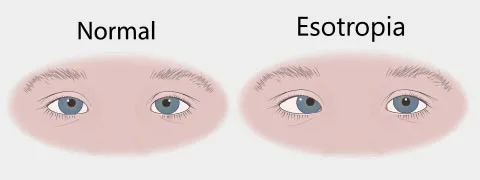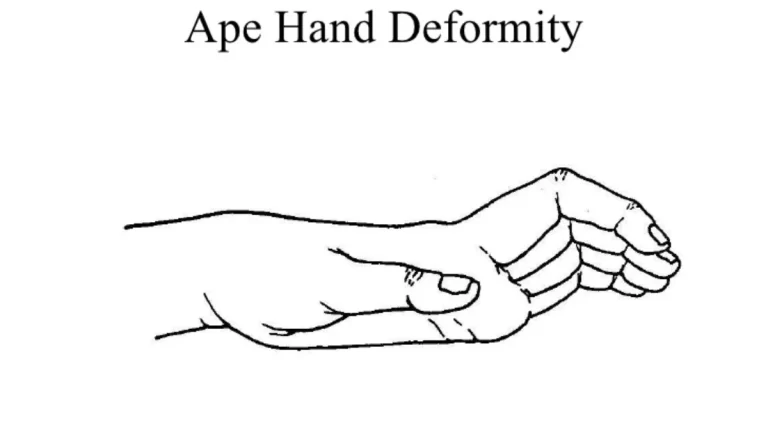Coxa Magna
What is Coxa Magna? Coxa magna refers to a medical condition characterized by an abnormal enlargement of the femoral head, which is the ball-shaped top portion of the thigh bone (femur) that fits into the hip socket (acetabulum). This condition can result from various underlying factors, including developmental abnormalities, genetic predisposition, trauma, or certain medical…

